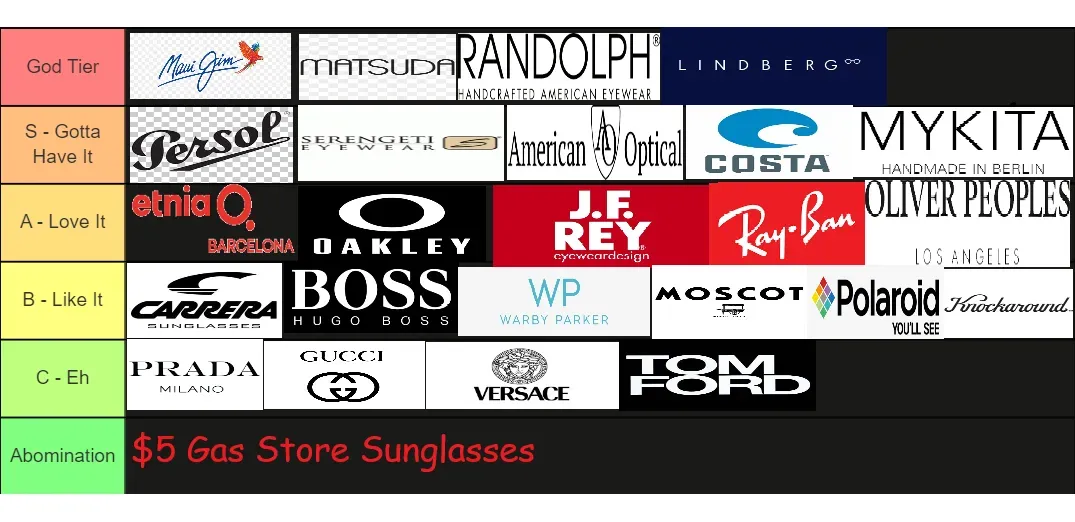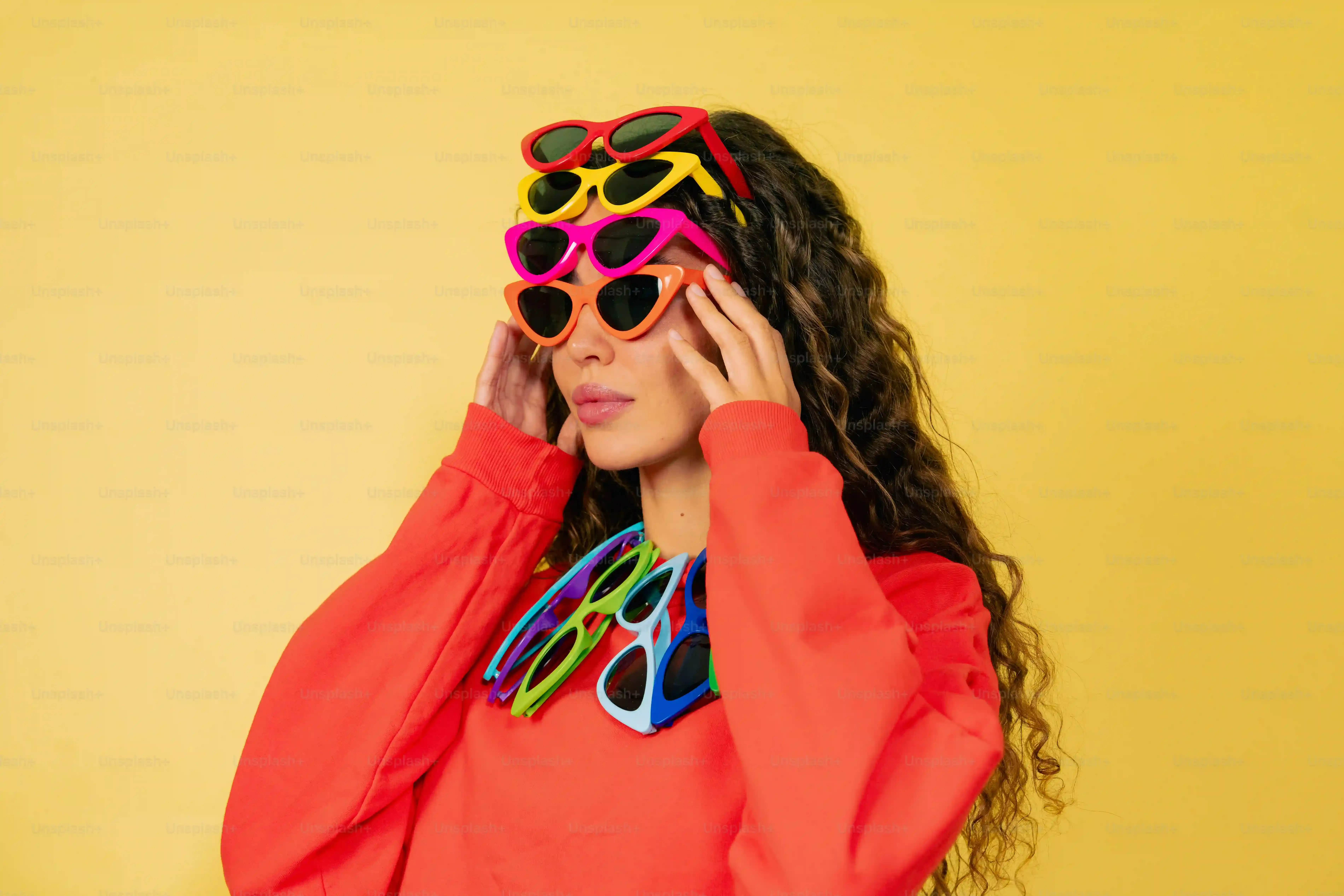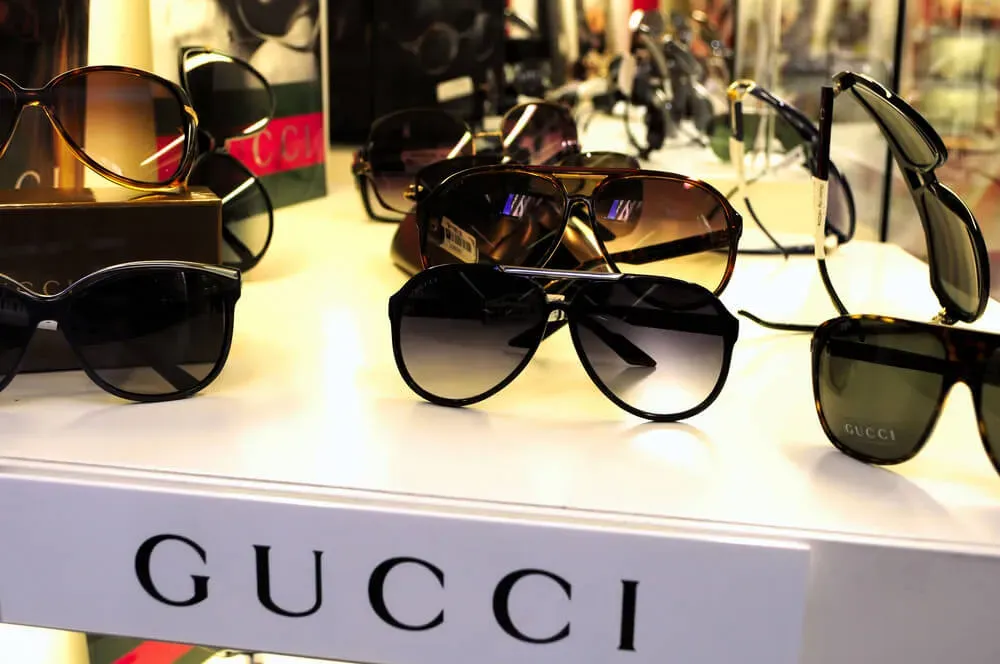Table of Contents
Let's be honest. You can grab a pair of sunglasses at the corner store for twenty bucks, maybe less. They block the sun, right? So why do people drop hundreds, sometimes thousands, on designer sunglass brands? Is it just about a tiny logo on the temple, or is there something more to the allure of a premium frame? Maybe you've squinted behind cheap lenses, feeling the glare and wondering if the folks sporting those sleek, expensive shades are onto something you're missing.
Why Pay More? The Appeal of Designer Sunglass Brands
Why Pay More? The Appeal of Designer Sunglass Brands
Beyond Basic Eye Protection
Alright, let's cut to the chase. You can shield your eyes from the sun with a cheap pair from the gas station, no argument there. They serve a basic purpose. But saying a ten-dollar pair offers the same experience as designer sunglass brands is like saying a beat-up sedan is the same as a luxury sports car because they both get you from A to B. The difference isn't just about blocking UV rays, which, thankfully, most sunglasses do these days, even the cheap ones. It's about the clarity of the lens, the quality of the materials holding it, and how the frame actually sits on your face. A poorly made frame can pinch, slide, or just feel flimsy, which gets old fast.
The Feel-Good Factor and First Impressions
Aside from the practical stuff, there's the undeniable psychological element. Slipping on a pair of well-made designer sunglasses just feels different. They often have a satisfying weight, a smooth finish, and a fit that feels tailored, not generic. People notice. Whether we like it or not, accessories communicate. A stylish pair of shades can elevate a simple outfit and project a certain image, confidence maybe? It’s not purely about showing off, though for some, that's part of the fun. It's about investing in something that makes you feel good when you wear it, and let's be honest, looking good doesn't hurt either.
- Cheap Sunglasses: Often plastic lenses, basic UV coating, generic fit, mass-produced feel.
- Designer Sunglasses: High-quality optics (glass, polycarbonate), advanced coatings (anti-reflective, polarization), premium frame materials (acetate, metal alloys), refined fit, distinct design.
Craftsmanship and Materials: What Sets Top Designer Sunglass Brands Apart
Craftsmanship and Materials: What Sets Top Designer Sunglass Brands Apart
Beyond the Plastic Fantastic
let's talk guts and glory – the actual stuff these things are made of and how they're put together. When you pick up a pair from a reputable designer sunglass brand, you're usually holding something crafted with intent, not just stamped out by the million. Think about the difference between cheap, injected plastic and hand-polished acetate, a material derived from cotton that can be layered and sculpted into rich, deep colors that won't fade or warp easily. Or consider the metal frames: are they lightweight but sturdy titanium, or flimsy nickel that bends if you look at it funny? The hinges aren't just screwed on; they might be integrated seamlessly or feature complex mechanisms designed for durability and smooth operation. The lenses themselves go beyond basic UV filtering; top brands use high-grade polycarbonate or even glass, often treated with multiple layers of anti-reflective, scratch-resistant, and hydrophobic coatings. It's this attention to detail, the choice of superior raw materials, and the skilled labor involved in assembly that separates these frames from the disposable kind you find piled high at a beachside kiosk. You might find some of these quality pieces available at places like sunglasshub.org, showcasing the range of materials and construction methods used by leading brands.
- Hand-polished acetate frames
- Lightweight titanium or durable metal alloys
- Integrated or high-quality hinge mechanisms
- High-grade polycarbonate or glass lenses
- Multi-layer lens coatings (anti-reflective, scratch-resistant)
Finding Your Frame: Picking the Right Designer Sunglasses
Finding Your Frame: Picking the Right Designer Sunglasses
Face Shape and Personal Style: More Than Just a Trend
so you're ready to dive into the world of designer sunglass brands. First hurdle? Figuring out what actually looks good on *your* face. Trends come and go – giant bug eyes, tiny rectangles, whatever bizarre shape is currently gracing celebrity noses – but classics stick around for a reason. Your face shape is the primary guide here. Got a round face? Angular frames add definition. Square jawline? Aviators or rounder shapes soften things up. Oval faces are blessed; pretty much anything works. Heart-shaped? Cat-eyes or frames wider at the top balance your proportions. Beyond shape, think about your personal style. Are you minimalist? Bold? Retro? Your sunglasses should feel like an extension of you, not a costume you borrowed. Don't just buy the latest "it" frame because you saw it on Instagram. Does it actually fit *your* vibe?
Lens Talk: It's Not Just About the Tint
Now, let's talk lenses, because frankly, that's where the real magic (and protection) happens with quality designer sunglass brands. It's not just about how dark they are. Are they polarized? Polarization cuts glare, which is huge if you're driving, boating, or just hate squinting at reflective surfaces. Are they photochromic? These lenses change tint based on light conditions – handy but can be slow to react. What about coatings? Anti-reflective coatings reduce bounce-back glare from behind. Scratch-resistant coatings are pretty self-explanatory but crucial for longevity. Mirrored lenses look cool and reduce visible light. Gradient lenses are darker at the top, fading to lighter at the bottom, good for driving. Think about where you'll wear them most and what kind of light you'll encounter. That trendy light-tinted lens might look great indoors, but it won't do much against harsh midday sun at the beach.
Lens Type | Benefit | Best Use Case |
|---|---|---|
Polarized | Cuts glare | Driving, water sports, snow |
Photochromic | Changes tint | Variable light conditions |
Mirrored | Reduces visible light | Bright sun, high glare environments |
Gradient | Darker top, lighter bottom | Driving, reading outdoors |
The Fit Test: Comfort is Non-Negotiable
You can find the most beautiful, well-crafted frames from designer sunglass brands, but if they don't fit, they're useless. Seriously. They'll slide down your nose, pinch behind your ears, or just feel off-balance. This is why trying them on is non-negotiable. Pay attention to the bridge – does it sit comfortably without leaving a gap or digging in? Are the temples (the arms) long enough to rest comfortably behind your ears without pressing too hard? Do they feel stable when you move your head? A good fit means they feel almost invisible on your face, secure without being tight. Don't be shy about wiggling your head around, looking up and down. If they slip immediately, they aren't the pair for you, no matter how famous the designer. Comfort is king, because if they aren't comfortable, they'll just sit in their case.
More Than Shade: The Enduring Status of Designer Eyewear
More Than Shade: The Enduring Status of Designer Eyewear
The Symbolism of the Frame
Let's face it, part of the draw of designer sunglass brands isn't just the superior optics or the comfortable fit. It's the statement they make. Wearing a recognizable designer frame signals something – maybe success, maybe an appreciation for quality, maybe just that you dropped a significant chunk of change on your face furniture. It taps into a desire for recognition and belonging. Think about iconic frames instantly associated with certain brands or eras. They become part of a personal brand, an accessory that elevates your look beyond mere sun protection. It's the difference between blending in and standing out, even subtly. This isn't just about vanity; it's about how you present yourself to the world, and sometimes, that frame does some of the talking for you.
Investment vs. Expense: A Different Perspective
Viewing designer sunglass brands as a simple expense misses the point for many. For them, it's an investment. A well-maintained pair from a top brand can last for years, even decades. The classic styles don't go out of fashion every season. Compare that to buying multiple cheap pairs that break, scratch easily, or just feel disposable. Over time, the cost difference might not be as vast as it initially seems, especially when you factor in the improved vision, comfort, and durability. It's a shift in mindset from needing a temporary fix to acquiring a lasting piece. Does everyone need a high-end pair? Absolutely not. But for those who value craftsmanship, longevity, and the subtle boost it provides, the cost feels justified.
So, Are Designer Sunglasses Worth the Hype?
Look, nobody's saying you *need* a pair of designer sunglasses to see clearly or protect your eyes. Basic UV protection is available everywhere. But after exploring the materials, the construction methods, and the sheer attention to detail that goes into frames from reputable designer sunglass brands, it becomes clear you're often paying for more than just the name. You're paying for lenses that offer superior clarity, frames built to withstand more than a gentle breeze, and a fit that feels less like an afterthought and more like it was made for your face. Whether that tangible difference justifies the price tag is ultimately your call. Just know that when you pick up a quality designer pair, you're often holding something crafted with intent, not just mass-produced plastic.
